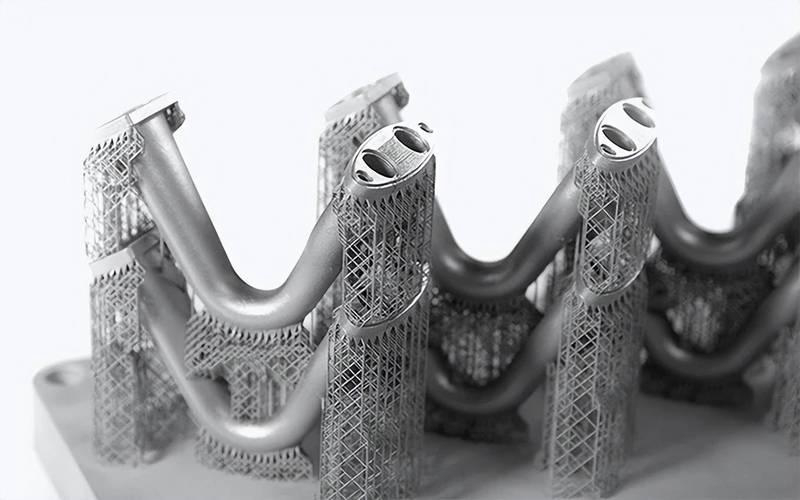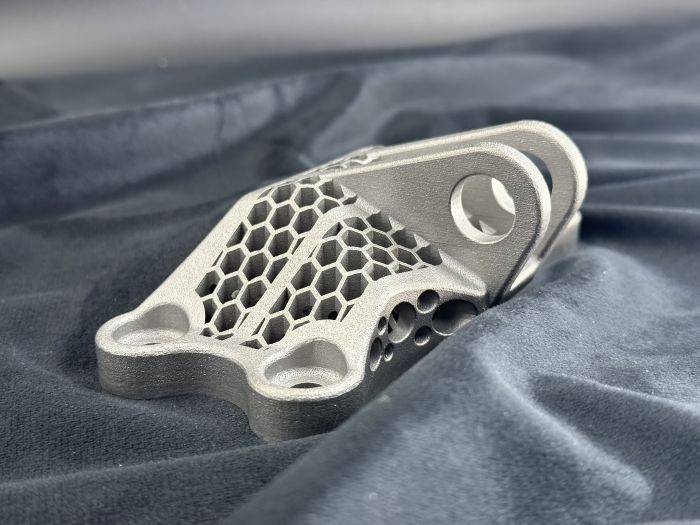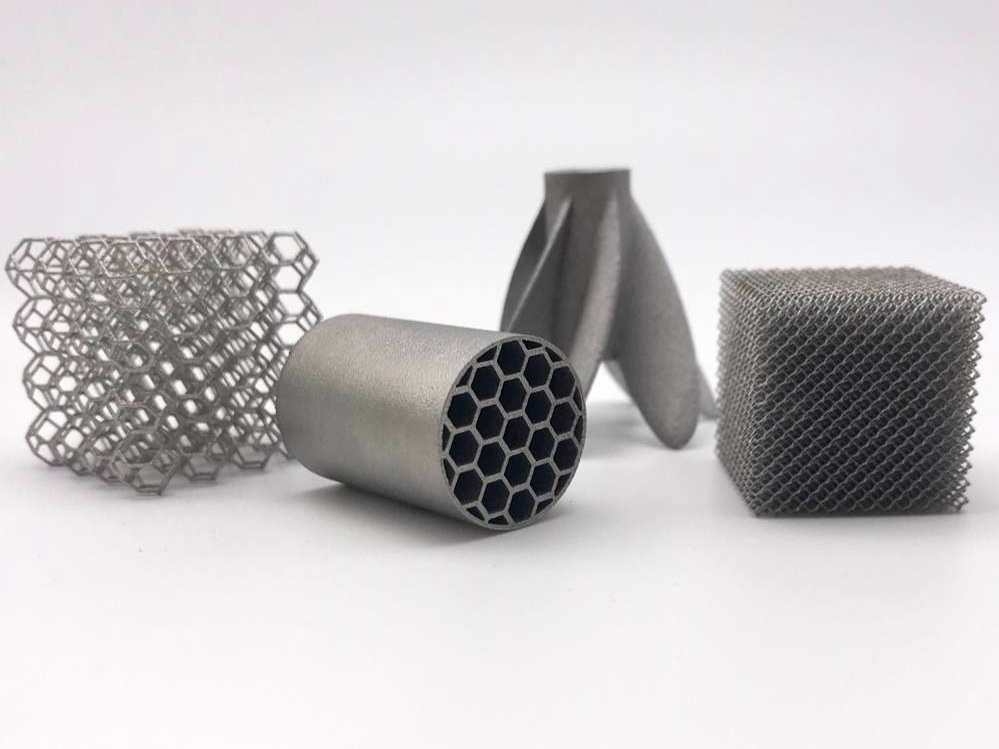¿Puede el tratamiento térmico mejorar la resistencia a la fatiga de piezas impresas en 3D?
Tabla de contenidos
Can Heat Treatment Improve the Fatigue Resistance of 3D Printed Parts?
Enhancing Fatigue Life Through Thermal Processing
Mechanisms for Fatigue Resistance Improvement
Quantitative Improvements in Fatigue Resistance
Typical Applications Requiring High Fatigue Strength
Recommended Services for Fatigue Optimization
Español / ES
Título
¿Puede el tratamiento térmico mejorar la resistencia a la fatiga de piezas impresas en 3D?
Descripción
El tratamiento térmico mejora notablemente la resistencia a la fatiga en metales impresos en 3D al reducir tensiones residuales, refinar la microestructura y disminuir la porosidad. Explore las soluciones térmicas avanzadas de Neway 3DP.
Palabras clave
tratamiento térmico fatiga, durabilidad metal 3D, alivio de tensión titanio, mejora de fatiga con HIP, tratamiento de envejecimiento Inconel, resistencia a fatiga acero herramienta, mejora de fatiga aditiva, piezas AM tratadas térmicamente
Related Blogs
Suscríbase para recibir consejos de diseño y fabricación de expertos en su bandeja de entrada.
Compartir esta publicación:



